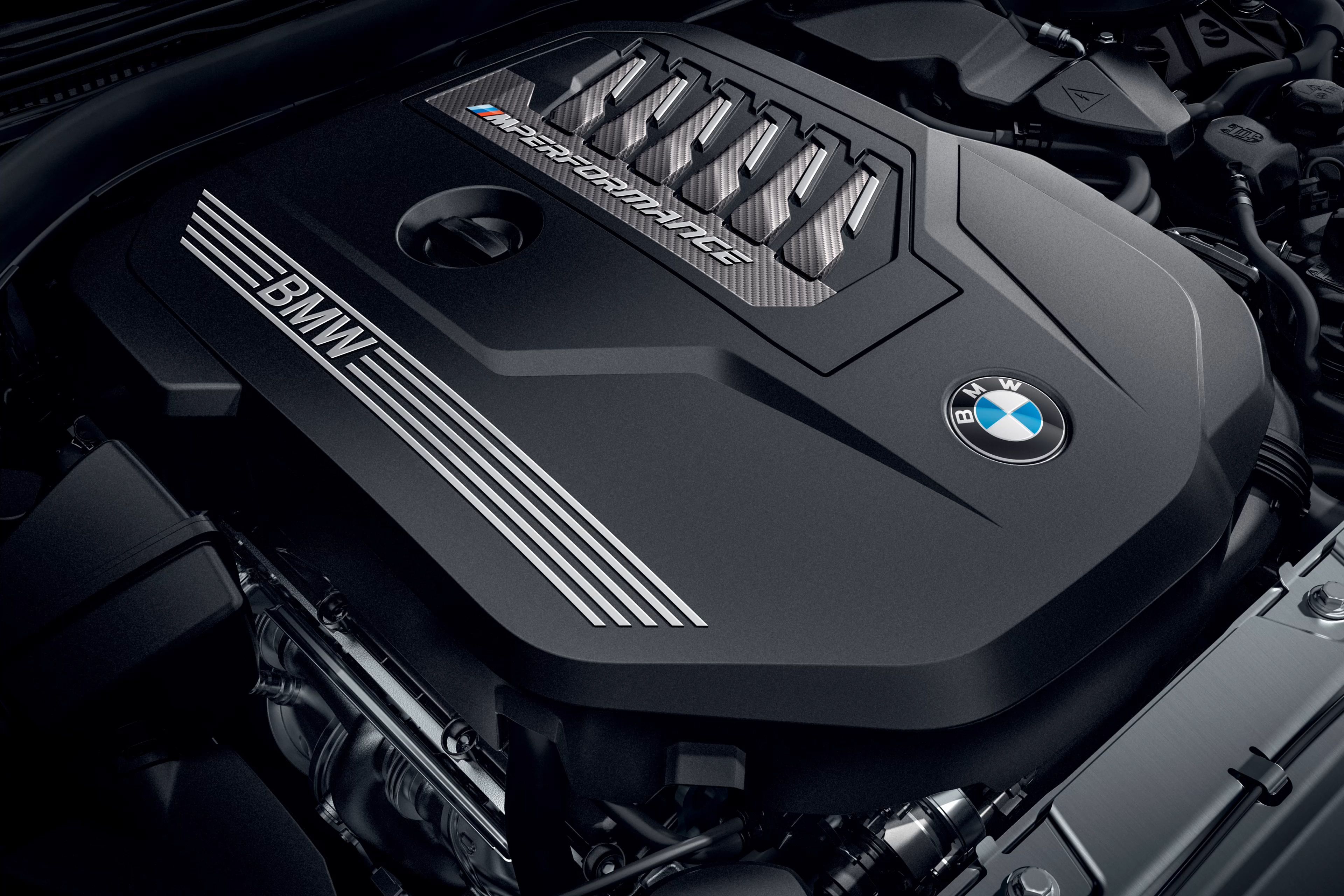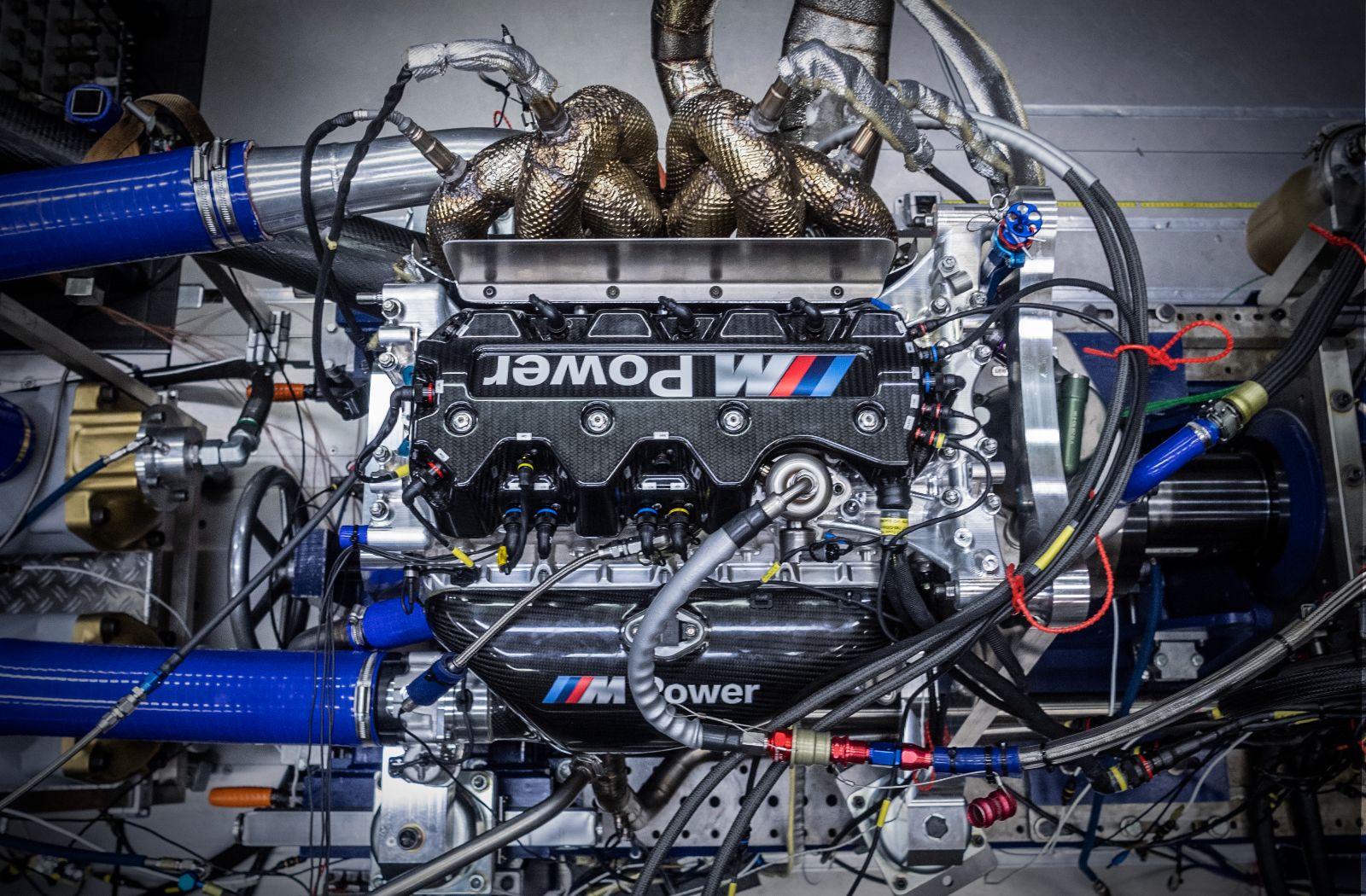A Comprehensive Overview to Understanding BMW Engine Specifications
A Comprehensive Overview to Understanding BMW Engine Specifications
Blog Article
Discovering the Advancement of Burning Engines in Modern Transport Equipments
As we navigate the landscape of modern transport, the advancement of combustion engines stands as a testament to human ingenuity and design expertise. The interaction of history, technology, and ecological issues in shaping the trajectory of combustion engines develops a narrative that is both compelling and informative.
Early Beginnings of Combustion Engines
Just how did the idea of combustion engines initial emerge in the very early stages of transport advancement? The roots of burning engines can be traced back to the 17th century when the concepts of interior combustion were very first explored. In 1673, Christian Huygens conceived a basic interior burning engine that utilized gunpowder to create power. Nevertheless, it had not been until the late 19th century that practical applications of burning engines in transportation began to emerge.
The advancement minute came with the creation of the first successful gasoline-powered engine by Karl Benz in 1885 - bmw engine. This engine led the means for the development of the contemporary car, revolutionizing transportation systems worldwide. Subsequent innovations by Nikolaus Otto and Gottlieb Daimler even more improved burning engine innovation, leading to the mass production of cars and the quick expansion of the transportation market
These very early burning engines were defined by their simpleness and effectiveness, laying the foundation for the facility and effective engines made use of in modern-day transport systems. The development of combustion engines has been important in shaping the way we travel and transport goods, marking a significant landmark in the background of transportation advancement.
Shift to Internal Burning Modern Technology
The shift to interior combustion innovation marked a pivotal change in the development of transportation systems. This change started in the late 19th century, with innovators like Nikolaus Otto and Gottlieb Daimler developing the first effective inner burning engines. These engines transformed transport by using a much more efficient and effective option to steam engines and electrical motors.
Among the essential advantages of interior combustion engines was their capacity to be scaled down to suit automobiles, resulting in the development of motorcycles and autos. This change from bulky, fixed engines to compact, mobile ones led the way for the modern-day transportation systems we see today.
The change to interior burning innovation also stimulated innovations in gas innovation, leading to the advancement of fuel and diesel as primary gas sources for lorries. This change not only made transport much more obtainable to the masses but additionally laid the structure for the oil and gas market to come to be integral to worldwide economic situations.
Effect of Combustion Engines on Transportation
The adoption of burning engines in transport systems catalyzed a profound change in the performance and speed of worldwide flexibility. Burning engines changed transportation by offering a trusted and versatile resource of power for various cars, consisting of autos, ships, vehicles, and aircrafts. This advancement significantly boosted the capacity for people and goods to conform cross countries in shorter period, resulting in boosted connectivity in between regions and nations.
Additionally, the extensive use of combustion engines has actually had a considerable effect on economic growth. The capability to deliver goods efficiently has actually stimulated profession and commerce, allowing businesses to expand their markets and get to customers worldwide. This has actually assisted in economic growth and globalization, as items can currently be moved much faster and in bigger quantities than ever before.
However, the environmental impact of combustion engines can not be overlooked. get redirected here The burning of fossil gas has actually caused air pollution and greenhouse gas discharges, contributing to climate adjustment and posturing wellness threats to populations. bmw engine. Consequently, there is an expanding emphasis on developing different propulsion innovations to reduce these negative results and produce an extra sustainable future for transport
Technologies in Burning Engine Design
One noteworthy technology is the growth of turbocharged engines, which use exhaust gases to drive a turbine that compresses inbound air, permitting for even more gas to be scorched, resulting in boosted power outcome without a considerable increase in engine size. Variable shutoff timing systems have actually likewise revolutionized engine design by optimizing airflow at various engine rates, improving both power and efficiency. These innovations jointly add to the continuous improvement of burning engines in contemporary transportation systems.
Future Trends in Combustion Engine Advancement
With innovation improvements driving constant innovation, the future of burning engine advancement is poised to change transportation systems globally. Among the key fads in combustion engine development is the press towards better effectiveness and lowered discharges. Manufacturers are spending heavily in r & d to enhance engine efficiency while meeting rigorous environmental laws. This includes the assimilation of sophisticated gas injection systems, boosted turbocharging methods, and using lightweight products to optimize gas consumption and minimize carbon emissions.
Another famous fad is the adoption of hybrid modern technologies in burning engines. Hybrid engines integrate standard burning technology with electric power, using boosted fuel effectiveness and reduced exhausts. As the automotive industry shifts towards electrification, crossbreed burning engines are viewed as a transitional solution that bridges the gap between standard cars and totally electrical ones.
Moreover, the integration of smart innovations, such as man-made knowledge and information analytics, is anticipated to play a substantial site here function in the future of burning engine development. These technologies can optimize engine performance in real-time, leading to more efficient burning procedures and boosted total automobile efficiency. Welcoming these future fads will certainly not just drive advancement in combustion engine development but also contribute to an extra ecologically friendly and sustainable transportation ecosystem.

Conclusion
In final thought, the evolution of burning engines in modern transportation systems has been noted by significant developments in innovation and design. From the very early starts of combustion engines to the change to interior combustion modern technology, these engines have actually had a profound influence on transportation.
The roots of burning engines can be traced back to the 17th century when the you could check here concepts of interior combustion were initial checked out. These engines transformed transport by using a more effective and efficient choice to heavy steam engines and electrical motors.

Report this page